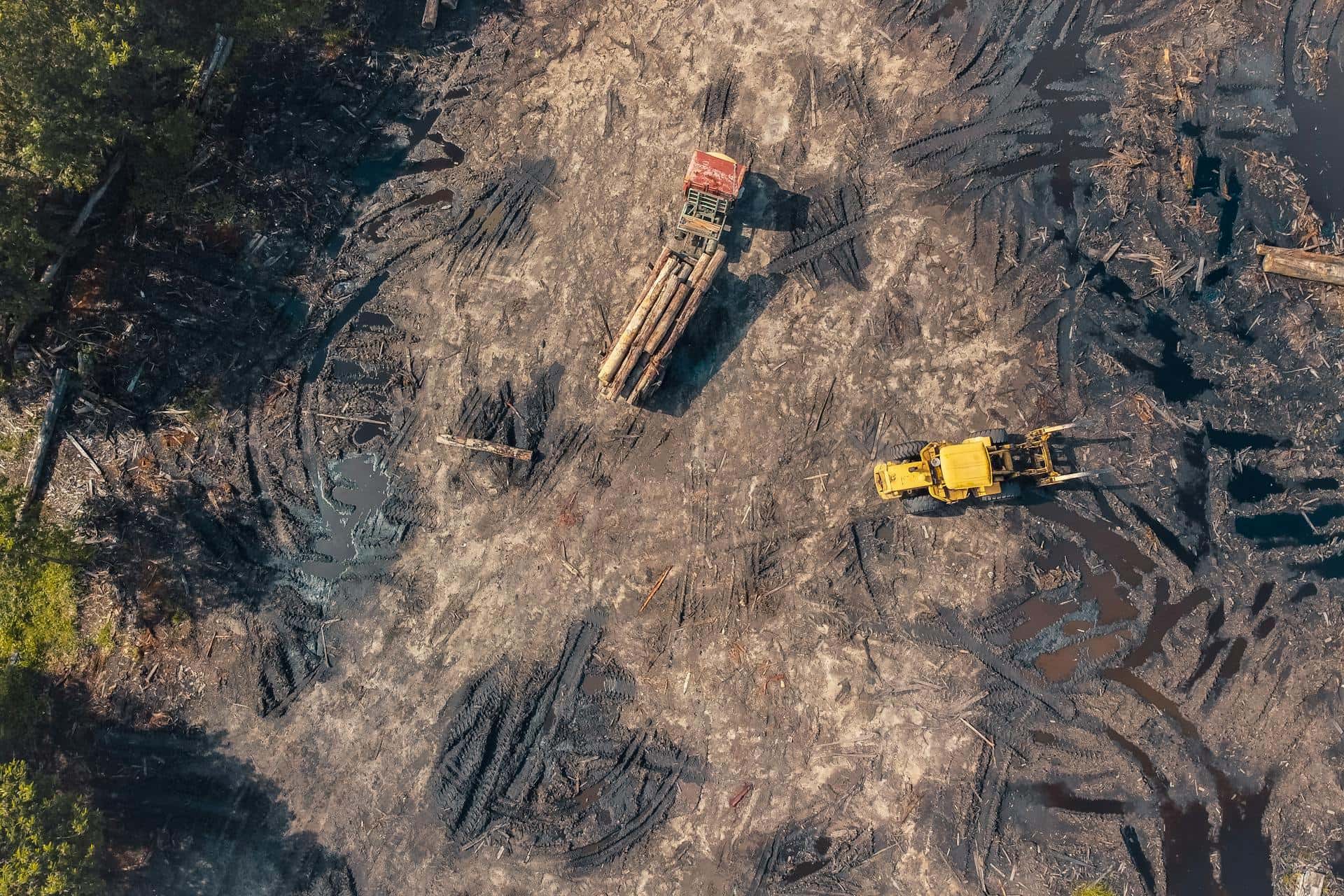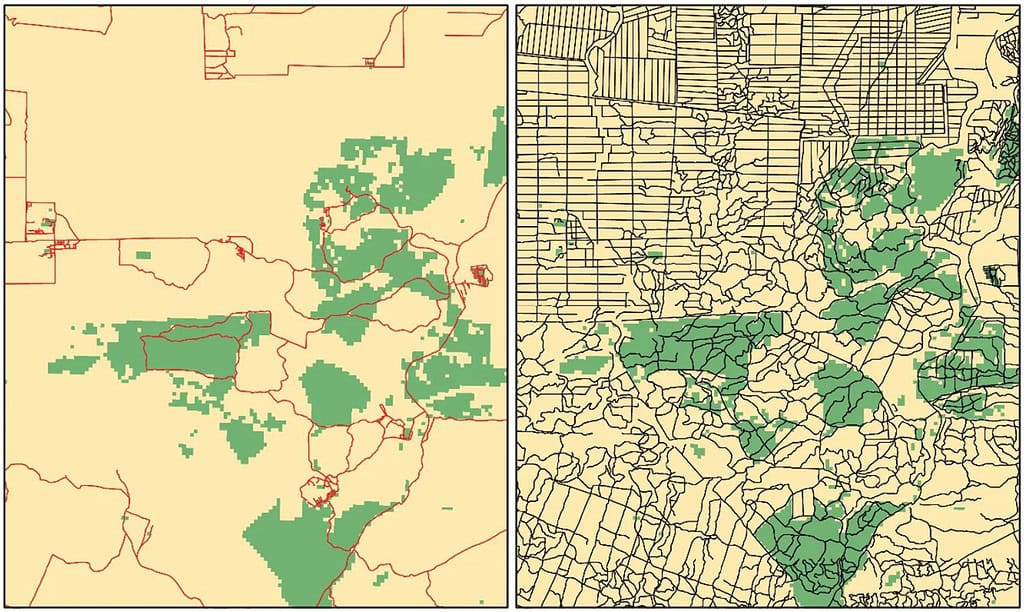
One of the biggest threats to rainforests has been flying under the radar. Researchers have uncovered a huge network of illegally and informally constructed roads not found on official road maps. These so-called “ghost roads” are growing larger and larger in the biodiversity-rich regions of the Asia Pacific, where they directly cut into the forest.
With the help of 210 trained volunteers, the researchers mapped over 850,000 miles (1.37 million kilometers) of roads across forested regions of New Guinea, Sumatra, and Borneo, three of the world’s six largest islands.
These regions are biodiversity hotspots, collectively hosting the largest stretch of tropical rainforest outside the Amazon and the Congo Basin.
“We found ghost roads in these regions to be 3 to 6.6 times longer than all mapped roads put together. What makes this situation uniquely dangerous for conservation is that the roads are growing fast while remaining hidden and outside government control,” Bill Laurance, one of the researchers and a professor at James Cook University, wrote in The Conversation.
Roads are “forest killers”
Roads increase connectivity, make transportation easy, promote the growth of businesses, and make traveling convenient, so aren’t roads good? Well, they are great for cities and towns, but not for forests. This is because roads make it easy for hunters, timber smugglers, land hoarders, miners, and poachers to access natural habitats.
“Once they get access, they can destroy forests, harm native ecosystems and even drive out or kill indigenous peoples. This looting of the natural world robs cash-strapped nations of valuable natural resources. Indonesia, for instance, loses around A$1.5 billion each year solely to timber theft,” Laurance said.
To maximize profit from forests while evading authorities, poachers, smugglers, and miners often construct ghost roads that never appear on official maps. Such roads exist all across the globe, but their numbers are increasing rapidly in tropical forests of developing nations because of poor regulations and corruption.
“The toll of such ‘ghost roads’ on ecosystems is poorly understood,” the researchers note.
Ghost roads are being built even inside protected areas and parks. For instance, a US-based nonprofit has reported the degradation of 130 million hectares of protected land across the Asia Pacific due to new or illegal road construction.
Moreover, our planet is set to witness the expansion of its paved road network by an estimated 15.5 million miles (25 million kilometers) by the year 2050. Many of these new roads are likely to be built inside jungles, parks, and protected areas, causing more destruction than ever.
“No matter how one assesses them, roads are forest killers,” Laurance added.
Ghost roads have gone deep into woods
Using high-resolution Google Earth images, 210 volunteers hand-mapped roads in New Guinea, Sumatra, and Borneo. The mapping process took nearly 7,000 hours and one of the study authors cross-checked the data for quality and accuracy.

When this data was further compared with two official road databases, the researchers discovered that the total length of roads on these islands was actually three to six times more than all officially mapped roads, suggesting a vast network of ghost roads.
“Our map was explicitly designed to accurately detect forest loss while not misclassifying current land covers, such as oil-palm or wood-pulp plantations, as forested land, or open vegetation, such as wetlands, as deforested land. Our data revealed that 35–45% of all the unmapped roads were in oil palm or other plantations, 7–28% were in non-plantation agriculture, and 31–39% were in intact forests,” the researchers note.
Researchers also examined satellite imagery across the Asia Pacific from 1985 to 2020. This detailed observation allowed them to study the deforestation trends associated with ghost road construction in the region.
“When ghost roads appear, local deforestation soars – usually immediately after the roads are built. We found the density of roads was by far the most important predictor of forest loss, outstripping 38 other variables,” Laurance said.
People and technology can fight ghost roads
You can’t destroy a ghost road if you aren’t aware of its existence. So the first step to prevent such roads from damaging nature is to map them. However, the mapping process demands human resources and is time-consuming and labor-intensive. This is why a large number of ghost roads across the globe remain hidden.
However, there are ways to overcome these challenges. For instance, a recently published study suggests that AI models trained using satellite maps and volunteer data can map illegal roads with over 70 percent accuracy and automate this process to a great extent.
The current study on the other side, shows the power of crowdsourcing. The researchers were able to find and train over 200 volunteers for their study. This approach allowed them to map a large number of illegal roads with limited resources. Meanwhile, many volunteers who were not previously aware of the ghost road issue became informed through their participation.
“The study demonstrates well how crowdsourcing can be used to solve scientific problems,” Carlos Souza Jr, an expert on forest mapping and monitoring, told Mongabay.
The study is published in the journal Nature.






